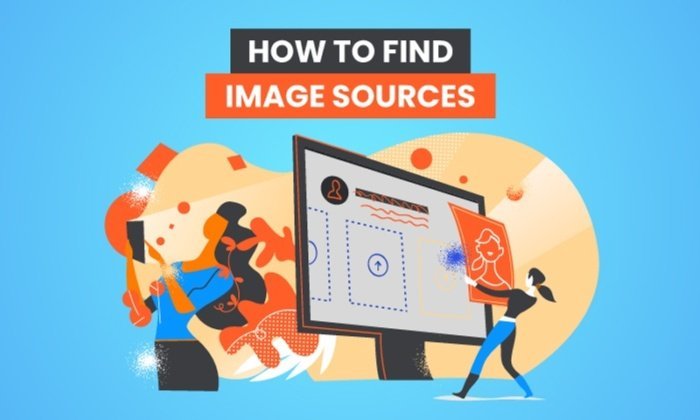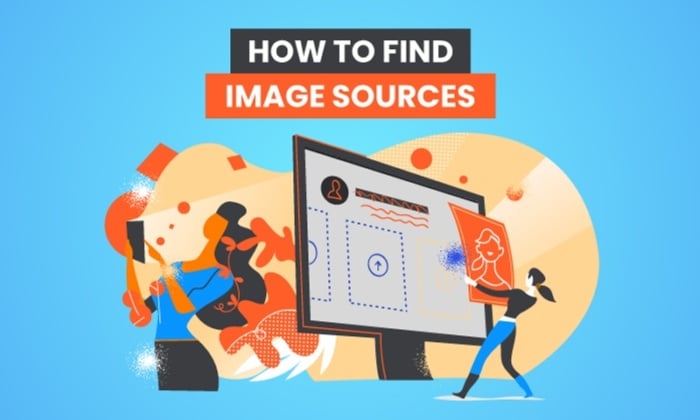
There’’ s no lack of fantastic images online, however that doesn’’ t indicate you ’ re constantly going to discover the initial. Lots of images you discover on blog sites and other sites stemmed from someplace else. While it might not look like a huge offer, it seriously pays to understand how to discover the initial.
Here’’ s how to discover an image source rapidly and quickly.
. Why It Is Important to Find Image Sources.
’It ’ s constantly helpful to understand how to discover appropriate image sources online. It won’’ t simply make your life simpler when it pertains to finding top quality pictures ; it might likewise assist you prevent legal difficulty.
.You Saw an Image and Want to Find It Again.
Is there anything more bothersome than seeing a cool image online, waiting to your desktop, and after that forgetting where you discovered it in the very first location? Even worse still, you then need to lose hours trawling through your internet browser history to discover it.
All of this lost time and effort can be prevented when you understand how to discover image sources rapidly.
.You Want to Use an Image in Your Blog Post and Attribute It Properly.
Images are crucial when composing post . Research study reveals short articles with pictures get 94 percent more views than those without them. That’’ s since absolutely nothing puts readers off more than big blocks of text. Images assist break your writing, make points plainly and enhance the reading experience.
However, you can’’ t simply utilize any old image you discover on the web in your blog site. You need to ensure you are lawfully enabled to utilize it which you can associate it appropriately. You’’ ll requirement to discover the initial image source for both of these jobs.
Once you’’ ve discovered the image source, you ’ ll have the ability to exercise whether you’’ re permitted to utilize the image (I assist you with this listed below if you’’ re still not exactly sure ), and you can associate it properly if you require to.
While it’’ s really uncommon for little websites to enter legal problem for utilizing copyrighted images or not complying with Creative Commons, it’’ s much better to be safe than sorry.
. You Need a High-Quality Version of an Image.
Low-resolution images draw.They look bad on your blog site, and they look even worse when you scale them up for printed marketing products– however pixelated images are precisely what you ’ ll get if you wear ’ t discover the initial image source.
’.
Why? Since reposted images are normally diminished to minimize the file size and boost site load times . This is excellent for the site in concern, however it ’ s not excellent for you. The initial image, on the other hand, is normally much bigger in size. Whether you wish to utilize an image in a piece of marketing security or modify it yourself, it pays to be able to discover the source.
. 5 Ways to Find Image Sources.
Finding an image source isn ’ t challenging.Here are 5 various methods you can utilize’to discover any image source today.
. 1. Usage Google ’ s Image Search to Find Image Sources.
Google Images Search is the de-facto location to discover images online. You most likely wear ’ t require me to inform you that. What you’might require me to describe, nevertheless, is how to utilize Google Images to discover the source of an image.
. 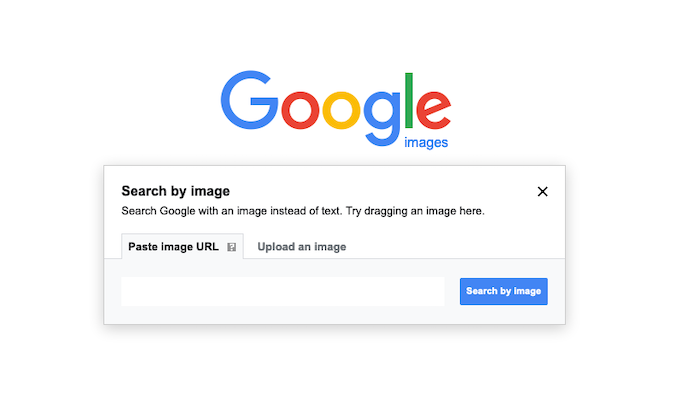
You can do that quicklyutilizing Reverse Image Search. Head over to image.google.com , however rather of typing in a keyword , submit your image. Google will reveal a link to every page on the internet with that image, and it shouldn’’ t be too tough to discover the initial.
.
You can even utilize Google ’ s Reverse Image Search on your iPhone by asking for the desktop variation of the website in Safari.
.2. Usage Other Reverse Image Tools to Find Image Sources.
Ever discovered an image on Twitter or Facebook and questioned where to discover the initial image? While it seems like a high order, reverse image search tools in fact make finding initial sources utilizing simply the image far simpler than you’’d believe.
.
All you require to do is upload or copy and paste the image into the tool, and the online search engine will discover every circumstances of that image online. It won’’ t be tough to discover the initial image.
There are lots of reverse image search tools out there, however here are a number of my favorites.
.TinEye.
TinEye is a terrific reverse image search tool that assists find an image source in seconds. If you have one or the image itself, you can browse by publishing a URL.
You can likewise utilize TinEye’’ s Chrome extension to right-click on any image while searching and quickly get access to the platform’’ s information.
.Browse By Image.
Search By Image is an Android app that lets you reverse look for images on Google TinEye or Yandex. Browse by publishing images from your phone or opening images from Facebook, Twitter and other apps.
. 3. Search for the Image MetaData to Find Image Sources.
You can discover an unexpected quantity of info about an image in the file ’ smetadata. Often it will even consist of the image ’ s source.
.
You wear ’ t requirement to be a technical whiz, either. Download’an image. For the functions of this example, I ’ ll be downloading this image from the Good Housekeeping site.
. 
On a mac, you can discover the image ’ s metadata just by right-clicking on the image and picking “ Get Info. ” You ’ ll be provided a load of information that most likely won ’ t make much sense, however you ’ ll plainly have the ability to see the image ’ s source.
. 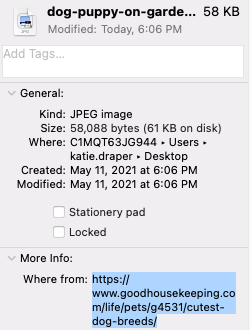
On Windows, simply right-click the image and choose “ Properties. ”
. 4. Utilize the Chrome “Browser to Find Image Sources.
If you utilize Chrome, you put on ’ t requirement togo to Google Images to do a’reverse image search. Rather, right-click on the image when you discover one you wish to click and browse “ Search Google for Image. ”
.
You ’ ll be revealed the complete reverse image search results page as normal.
. 5. Usage Visual Search by Bing to Find Image Sources.
Bing has its own image search performance called Visual Search that makes reverse image browses a breeze.
.
You can drag your conserved image into the search bar or upload it, and Bing will reveal every area it can discover it online. You ’ ll likewise get a quite extensive rundown of the image’’ s characteristics and any text that Bing can discover in the’image.
. How Do You Attribute Image Sources Correctly?
How you associate images depends upon the kind of image and where you discovered it. Many websites will be extremely clear about what you require to do when it pertains to attribution, however it can assist to understand the following terms.
. Imaginative Commons Images.
This not-for-profit company enables the usage and sharing of images and other innovative products through a series of licenses. Some won ’ t need attribution at all, some will let you modify images, and some will be exceptionally stringent.
.
Attribution is a legal requirement of Creative Commons images unless the image has actually been released under a Creative Commons Zero( CC0) license. The Creative Commons lays out plainly what it classes an “ proper credit ” utilizing the TASL approach. You ’ ll requirement to consist of the following information:
. titleauthorsourcelicense.
Here ’ s an example from Creative Commons that reveals precisely what theysuggest.
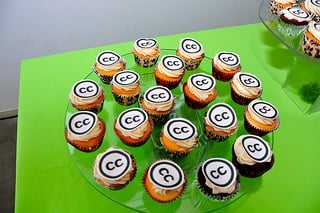
“ Creative Commons 10th Birthday Celebration San Francisco ” by tvol is accredited under CC BY 2.0 ”
.
If you modify a Creative Commons image, you should consist of the modifications in the attribution.
. Public Domain Images.
When work is noted in the general public domain , it suggests the copyrights to it have actually ended. It is complimentary to utilize, share, and modify. You wear ’ t requirement to associate the image at all or ever reference the initial source.
. Royalty-Free Images.
Royalty-free images typically aren ’ t totally free. Rather,you need to pay a charge to utilize the image when, however are then totally free to utilize it once again as lot of times as you like without paying royalties. That ’ s what the royalty-free part implies.
.
Royalty-free images normally wear ’ t need attribution, however make certain to examine the licensing arrangements of the website you downloaded them from. There might be other constraints, too, like not utilizing them for a particular function or in a particular specific niche.
. 5 Sites to Find Great Images.
The expenses of spending for images each time you utilize them rapidly builds up for small companies. It just isn ’ t a sustainable practice. That doesn ’ t suggest you have to go without images.
.
. Unsplash 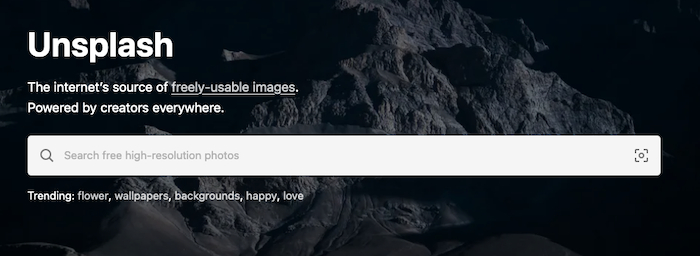
Unsplash is most likely the very best stock picture platform worldwide. You can utilize the images totally free in nearly any method you like.
.Pexels 
Pexels is another big, complimentary stock picture platform like Unsplash. It has its own license that governs what you can and can refrain from doing with images.
.Burst 
Burst is Shopify’’ s stock picture platform. You can download images totally free without being a Shopify client.
.Flickr 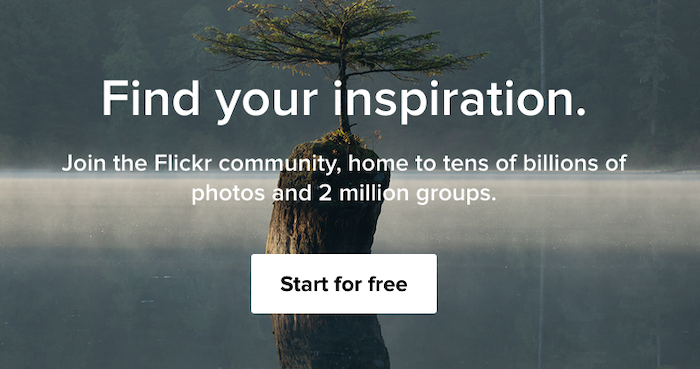
Flickr is a great image repository where you can discover countless images to utilize for business functions free of charge.
.Canva 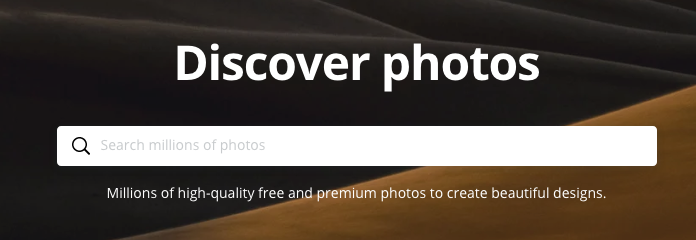
You may have utilized Canva to develop a brand-new logo design or poster, however did you understand it likewise has numerous totally free stock images you can utilize, too? You put on’’ t even need to modify them to download them.
.Conclusion.
Finding an image source can appear like a great deal of work, however it’’ s well worth it to discover a top quality image or secure your website from legal concerns. Utilize any among the 5 methods I note above, and you’’ ll make certain to discover the initial source of practically any image you can discover online.
Once you’’ ve discovered your image, make certain you are utilizing it in the finest possible method on your blog site or are utilizing the finest modifying tools if you wish to make the image even much better.
Where do you discover your preferred images?
Read more: feedproxy.google.com

